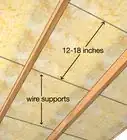This article was co-authored by GreatBuildz. GreatBuildz is a free service that matches homeowners with reliable, pre-screened general contractors. GreatBuildz was founded by a team of real estate and construction experts who believe everyone deserves to find a great contractor, have a stress-free renovation, and enjoy their beautiful new space. GreatBuildz connects homeowners with reputable contractors who passed their rigorous screening process and signed their code of conduct. GreatBuildz also individually selects contractors for the specific project and provides ongoing support to ensure everything goes smoothly.
There are 13 references cited in this article, which can be found at the bottom of the page.
This article has been viewed 113,162 times.
Renovating your home might seem like a big undertaking at first, but you might be surprised how manageable it is when you break it down into individual projects! We're here to answer your biggest questions to help you start the planning process.
Steps
What are the steps to renovate a house?
-
1Start with the exterior if you have to choose. If you’re faced with the choice of whether to start on the interior or the exterior of your home, go with the exterior. Make any necessary roof repairs and spruce up your siding if it needs it. Don’t start renovating the inside of your home until the outside is in tip-top shape.[1]
- You wouldn’t want to have a brand new kitchen and flooring if you have a leaky roof, for example.
- If the exterior of your home looks great, then skip right to renovating the interior!
-
2Prioritize the rooms you use the most. Break up your home renovations into pieces so you can live in your home and keep costs down as you make renovations. Focus on the rooms and areas that you use the most and do them one at a time. When you’re finished with one room or area, move on to another![2]
- For instance, if you like to spend a lot of time in your living room but you don’t really cook too often, start your renovations with your living room and save your kitchen for later.
Advertisement -
3Save the floors for last. Renovations can take time and be a messy process, especially when you have contractors working in parts of your home. Do your floors last so they’re less likely to be damaged or get walked on while they’re setting.[3]
- Try to wait until you’re finished with any other major remodeling projects before you start on floors.
- However, because floors are usually expensive and take a lot of time, if it suits your needs and plans to get them out of the way first, then go for it!
-
4Research home renovation costs to see what you can afford to do. Look up the cost of the materials you’d like to use for your renovations such as flooring, siding, appliances, and countertops. Work out the costs for each room, including structural work and finishing touches like paint. Get quotes from contractors and put together a budget for your project.[4]
- Check for any building restrictions before you start renovations. Some locations may have rules and prohibited renovations.
- Apply for any required building permits so you won’t get slapped with any fines.
-
5Put together a detailed project plan for your renovations. Work with a contractor and designer to create blueprints and a plan for your renovations. Come up with a list of things you need and a list of things that you want, which can help make future budgeting decisions easier. Decide on a plan of which projects you want to start first.[5]
- For instance, your “need” list could include new countertops and a new stove, while your “want” list could include new bathroom fixtures and backsplash.
- Your contractor can help you come up with an effective gameplan for your project.
Where do I start when renovating a house?
-
1Start with what needs the most work. Avoid making renovations as soon as you move into a new home. Instead, live in your home for at least a few months so you can better understand what works, what doesn’t, and what needs to work better. If you’ve already been living in your home for a long time, start your renovations with what needs the most work.[6]
- For instance, if your bathrooms are outdated but functional and your kitchen really needs new, working appliances, start with your kitchen first.
- Living in your home is the best way to learn what needs to be fixed first.
-
2Hire a designer or architect to help plan your renovations. Home renovations are time-consuming and costly, so it’s important that they’re done right from the start to save yourself time, money, and headaches. Consult an interior designer to help you choose materials for your renovation. If you plan to add or remove walls, hire an architect to make sure your home is structurally sound and the project is up to code.[7]
- You can find interior designers and architectural firms in your area by searching for them online.
-
3Work with a contractor to set up a timeline for the renovations. A contract will be your point man on the job. Choose one that you like and has received good reviews from customers. Work with them to put together a list of everything that needs to be purchased for the job and deadlines for making decisions. Creating timelines will help keep the job moving along.[8]
- Look online for contractors in your area and read customer reviews to help make your decision.
- Some interior designers may have recommendations for contractors you can hire.
How much does it cost to remodel an entire house?
-
1The average cost is between $19,800 and $73,200. Renovating a house is costly and oftentimes ends up costing more than you think. Depending on how large your home is, the extent of your renovations, and the quality of the materials and appliances you’re purchasing, you’re looking at a total cost of at least about $20,000 USD for a whole home.[9]
-
2Check to see if your homeowner’s insurance covers any renovations. Some policies may include coverage for some renovations, which can really help you out as you budget. Take a look through your insurance information to find out what, if any, renovations qualify for coverage.[10]
- For example, your insurance may cover roof repairs and HVAC (air-conditioning and heating) maintenance.
- You can also contact your insurance company to ask about what renovations they’ll approve for coverage.
-
3Pad your budget by at least 10-15% to cover overages. The truth is, almost all home renovations will go over budget and take a little longer than expected. But if you prepare for it, you won’t be as frustrated if and when it happens. Add a little extra budgetary cushion by tacking on an additional 10-15% of your total budget.[11]
- So for instance, if you have a total budget of $30,000 USD, take 15% of that, which is $4,500, and add it together for a total budget (including padding) of $34,500 USD.
What renovations will increase home value the most?
-
1Update your kitchen for the best return on your investment. Your kitchen is a focal point of your home, so if you want to increase your property value, it’s a great choice. According to a report by the National Association of the Remodeling Industry, homeowners can recover 52% of the cost of a kitchen upgrade if they sell their home.[12]
- Keep in mind that kitchen renovations can be costly and time-consuming. But if you’re looking for a sure-fire way to increase your home’s value, it may be your best bet.
- Even minor kitchen remodels that involve replacing appliances, refacing cabinets, and installing new countertops and sinks can increase your home’s value dramatically.[13]
-
2Replace your home’s heating, ventilation, and air conditioning (HVAC). Your home’s HVAC system are some of the most important things in your home to maintain. Studies show that people will often choose not to purchase a home if the HVAC system is in poor shape or outdated. Upgrade your home’s cooling and heating systems for a fail-safe investment that will increase its value.[14]
- HVAC upgrades need to be done by a professional to make sure they’re installed properly.
-
3Renovate a bathroom to use as a selling point for your home. Updating a bathroom in your home is an easy way to boost its appeal if you’re looking to sell. Incorporate sleek surfaces that look great and are easy to clean. If you have a half bath, you could add a shower to the room. You could also add an additional half bath to a living room or hallway to increase the total value of your home.[15]
- Realtors estimate that homeowners can recover 57% of the cost of a bathroom renovation if they sell their home.
-
4Replace siding and doors and repaint for a budget option. Replacing the siding around your home, front door, or garage door are simple, cost-effective ways to boost the value of your home. Additionally, a fresh coat of paint is a simple but effective way to spruce up your home. If you can’t quite swing a full reno, consider making some cheaper cosmetic changes that can make your home look better.[16]
- Projects like redoing your roof, replacing siding, and replacing windows are highly visible and can boost the value of your home without having to do major renovations.
How do I renovate a house on a budget?
-
1Focus on increasing efficiency instead of size. Find ways you can further utilize and reorganize your spaces so they have more utility and function. Instead of renovating your entire kitchen space and knocking down or adding walls, try replacing shelves that take up space with pullout drawers that contain racks for canned goods, for example.[17]
- For instance, you could also add a sleeping loft to a small room or install more storage racks and shelves in a closet to increase efficiency.
- The more usable space and appliances you can fit into a room, the more value it has.
-
2Make cosmetic changes and update your appliances. Consider repainting or applying new wallpaper to a wall. Try installing new cabinets or changing out electrical fixtures. You could also install a new kitchen backsplash or replace a showerhead or faucet. Find outdated, unattractive, or broken appliances, decor, or fixtures that you can replace for a cost-effective way to renovate your home.[18]
-
3Use recycled fixtures and building materials. Look for stores that sell recycled or lightly used fixtures and building materials. Purchase cheaper materials from them for your renovations to help save on total costs.[19]
- Habitat for Humanity operates 400 ReStores in the US that you can purchase recycled materials from. Look for a location near you by visiting https://www.habitat.org/.
- Keep in mind some contractors may not use recycled or lightly used fixtures if they feel there’s a liability issue.
-
4Ask your contractor if they have leftover stock they can use. Sometimes contractors have extra materials and fixtures from different job sites. They may be able to use them on your home renovations to help knock a couple of bucks off of your total costs.[20]
How can I renovate my house myself?
-
1Make a renovation plan that includes costs and timeframes. Figure out exactly what you want to renovate and then research the materials, equipment, and appliances such as stoves, washing machines, refrigerators, or any other appliance you plan to update. Put together a list of costs and expenses. Give your self deadlines for each task so you can focus on knocking them out 1 by 1.[21]
-
2Purchase your own materials, equipment, and appliances. Find a source for materials and buy them all yourself. Use your own transportation to pick up the materials as well. Save on costs by checking recycling centers and thrift stores for lightly used materials. Finding and buying everything yourself can help drive down your costs.[22]
-
3Repaint rooms in your home to update the look. Painting is relatively inexpensive and easy to do yourself. Get a few different paint chip colors and see what they would look like on your walls. Choose a new paint color that will improve the room’s aesthetic and suit your design. Clear the room, mask off any areas you don’t want paint, and use rollers and paint brushes to apply the paint to your walls.[23]
- Many paint companies have tools on their website that allow you to upload a picture of your room and try out different colors to see what it would look like.
-
4Partner with a contractor for jobs you can’t handle on your own. While you may be able to do things like paint and wallpaper, some jobs may be out of your wheelhouse. For those, you can bring in a contractor on a limited, as-needed basis. That way, you can pay for a contractor only when you need it, which can help you save money in the long-run.[24]
- For instance, if you’re renovating your kitchen and you want to install a new sink or stove, and you’re not confident you can handle it, hire a contractor for just that job. You can handle the backsplash and wallpaper in the kitchen yourself.
How Do I Choose The Right Remodeler?
Expert Q&A
Did you know you can get expert answers for this article?
Unlock expert answers by supporting wikiHow
-
QuestionIs it worth it renovating a house?
 GreatBuildzGreatBuildz is a free service that matches homeowners with reliable, pre-screened general contractors. GreatBuildz was founded by a team of real estate and construction experts who believe everyone deserves to find a great contractor, have a stress-free renovation, and enjoy their beautiful new space. GreatBuildz connects homeowners with reputable contractors who passed their rigorous screening process and signed their code of conduct. GreatBuildz also individually selects contractors for the specific project and provides ongoing support to ensure everything goes smoothly.
GreatBuildzGreatBuildz is a free service that matches homeowners with reliable, pre-screened general contractors. GreatBuildz was founded by a team of real estate and construction experts who believe everyone deserves to find a great contractor, have a stress-free renovation, and enjoy their beautiful new space. GreatBuildz connects homeowners with reputable contractors who passed their rigorous screening process and signed their code of conduct. GreatBuildz also individually selects contractors for the specific project and provides ongoing support to ensure everything goes smoothly.
Contractor Matching Service
-
QuestionI am moving and the hardwood floors throughout the entire home must be refinished. Can I live in the home while refinishing the wood floors, moving furnishings from room to room?
 Community AnswerYou can live in the house, but oil-based polyurethane is the best material and it smells. Also it will probably cost much more for the contractor to keep coming back, rather than having him do the house all at one time.
Community AnswerYou can live in the house, but oil-based polyurethane is the best material and it smells. Also it will probably cost much more for the contractor to keep coming back, rather than having him do the house all at one time. -
QuestionHow do I smooth out a popcorn ceiling without a contractor?
 Community AnswerGet a ladder and tear it off with a flat spatula, then plaster it or paint it.
Community AnswerGet a ladder and tear it off with a flat spatula, then plaster it or paint it.
Warnings
- Make sure you check with any local building codes before you make your own renovations.⧼thumbs_response⧽
References
- ↑ https://www.architecturaldigest.com/story/home-renovation-mistakes-new-homeowners-make
- ↑ https://www.realsimple.com/home-organizing/home-improvement/renovations/renovation-remodeling-process
- ↑ https://realtytimes.com/consumeradvice/homeownersadvice/item/27583-20140216-when-its-time-to-renovate-what-comes-first
- ↑ https://www.realhomes.com/advice/how-to-prepare-your-house-for-renovation#renovating-a-house-step-by-step
- ↑ https://www.budgetdumpster.com/blog/ultimate-home-remodeling-project-plan/
- ↑ https://archive.curbed.com/2018/9/5/17820648/what-to-renovate-home-mcmansion-hell-wagner
- ↑ https://www.architecturaldigest.com/story/home-renovation-mistakes-new-homeowners-make
- ↑ https://www.architecturaldigest.com/story/home-renovation-mistakes-new-homeowners-make
- ↑ https://homeguide.com/costs/house-remodeling-cost
- ↑ https://www.realhomes.com/us/advice/house-renovation-costs
- ↑ https://www.realhomes.com/us/advice/house-renovation-costs
- ↑ https://www.bhg.com/home-improvement/advice/expert-advice/4-home-renovations-that-add-major-value-281474979622820/
- ↑ https://www.bankrate.com/real-estate/home-renovations-that-return-the-most-at-resale/
- ↑ https://www.bhg.com/home-improvement/advice/expert-advice/4-home-renovations-that-add-major-value-281474979622820/
- ↑ https://www.bhg.com/home-improvement/advice/expert-advice/4-home-renovations-that-add-major-value-281474979622820/
- ↑ https://www.bankrate.com/real-estate/home-renovations-that-return-the-most-at-resale/
- ↑ https://www.thisoldhouse.com/cabinets/21018036/21-ways-to-save-on-your-house-remodel
- ↑ https://homeguide.com/costs/house-remodeling-cost
- ↑ https://www.thisoldhouse.com/cabinets/21018036/21-ways-to-save-on-your-house-remodel
- ↑ https://www.thisoldhouse.com/cabinets/21018036/21-ways-to-save-on-your-house-remodel
- ↑ https://archive.curbed.com/2016/5/2/11459072/diy-renovating-professional-contractor
- ↑ https://archive.curbed.com/2016/5/2/11459072/diy-renovating-professional-contractor
- ↑ https://www.architecturaldigest.com/story/how-to-paint-a-room
- ↑ https://www.thisoldhouse.com/cabinets/21018036/21-ways-to-save-on-your-house-remodel
About This Article
The average price range of renovating a whole home is between $20,000 and $75,000 dollars. The exact cost will depend on the size of your home, the extent of the renovations you want to do, and the quality of the materials you'll be using. In general, it's best to do one room at a time so you can stay in your home during the renovations, starting with the rooms you use the most and working your way to the rooms you use the least. Save the floors for last so your new floors don't get damaged or dirty. If renovating you whole home is out of your budget, focus on things that will increase your home's value the most. This includes updating your kitchen, replacing your HVAC system, and renovating your bathrooms. For advice on how you can renovate on a budget and even do DIY renovations, check out the full article below!
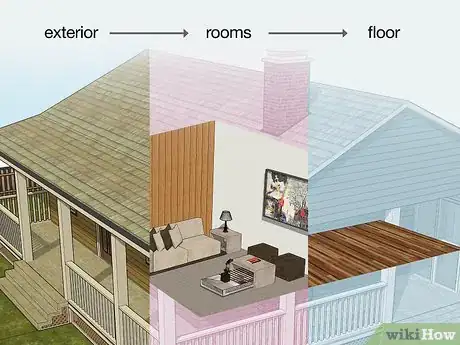
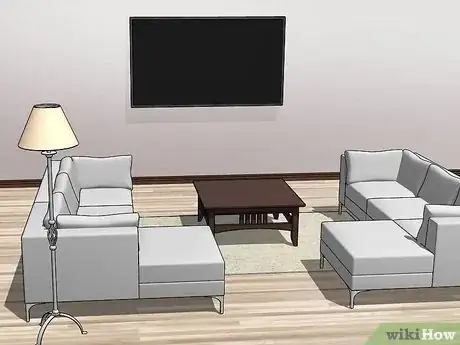
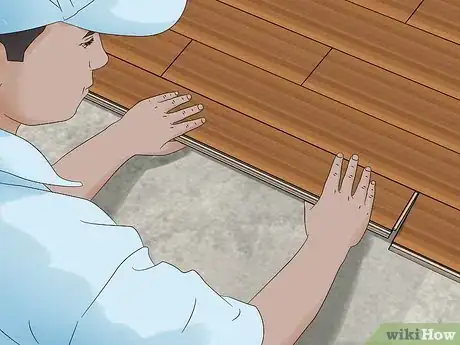
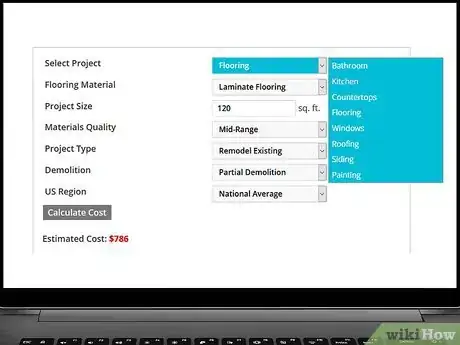
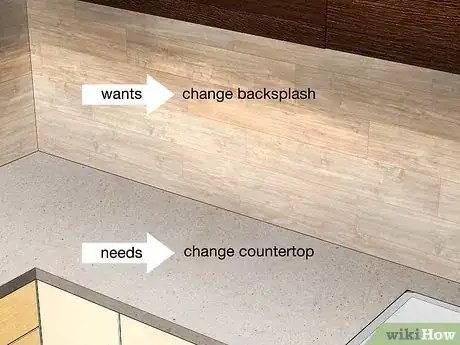
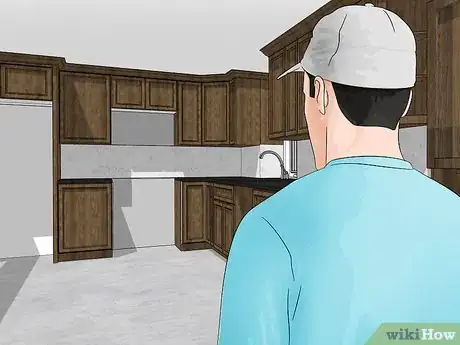
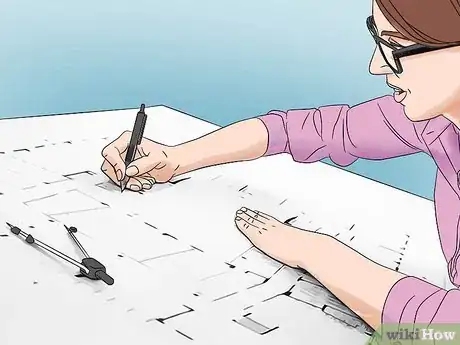
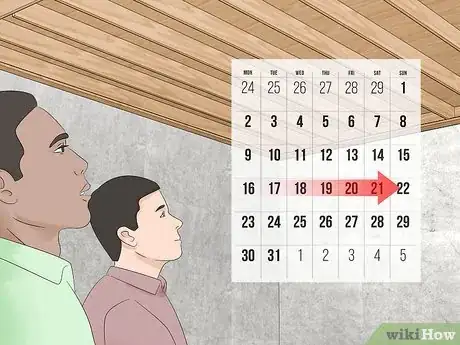
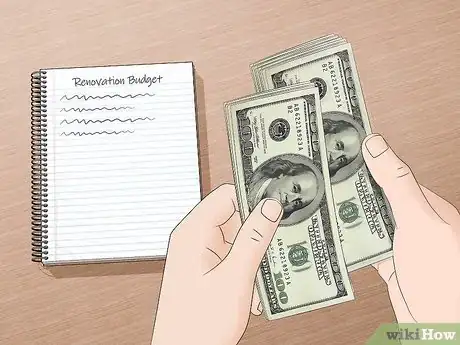

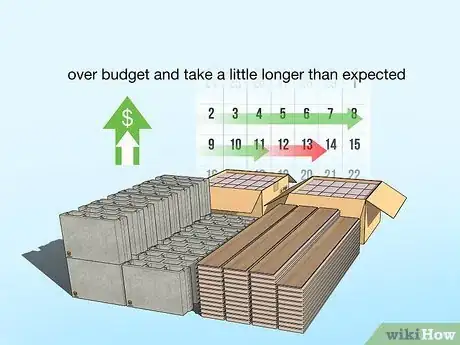
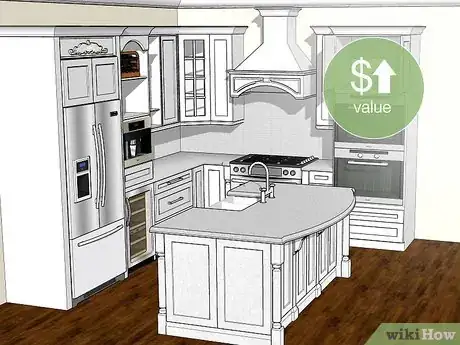
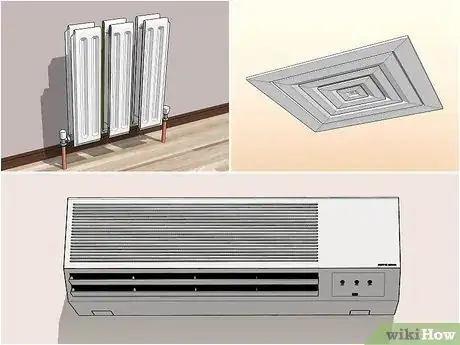

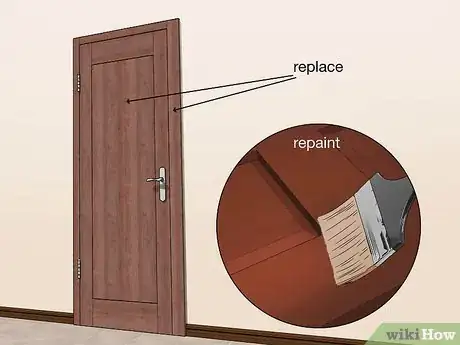
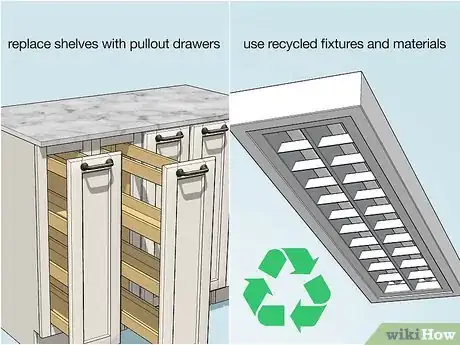
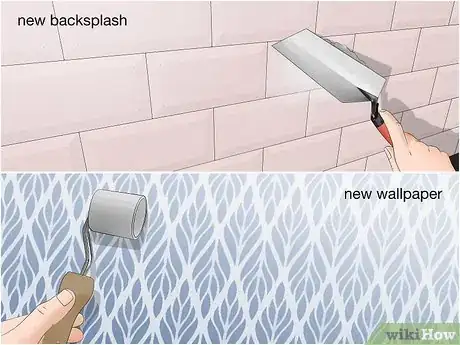

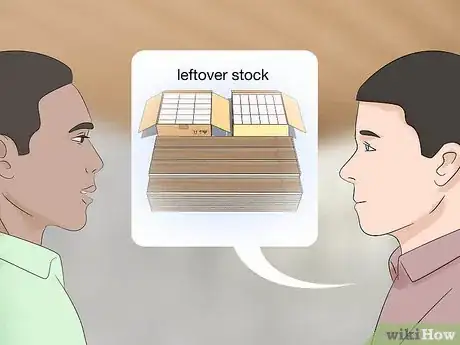
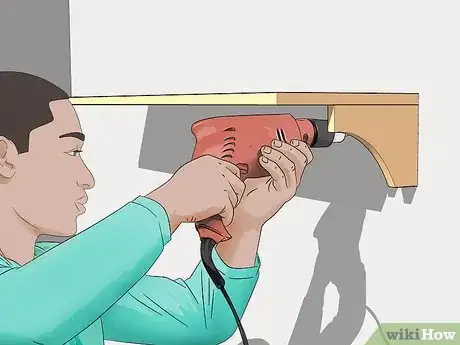
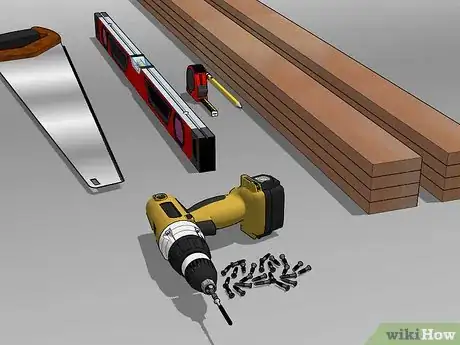
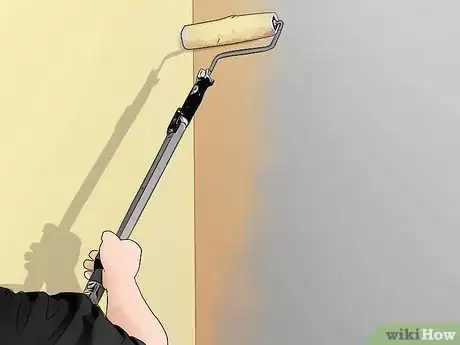


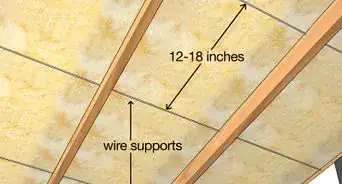


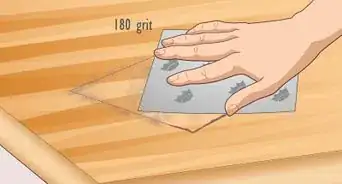








-Step-14.webp)








